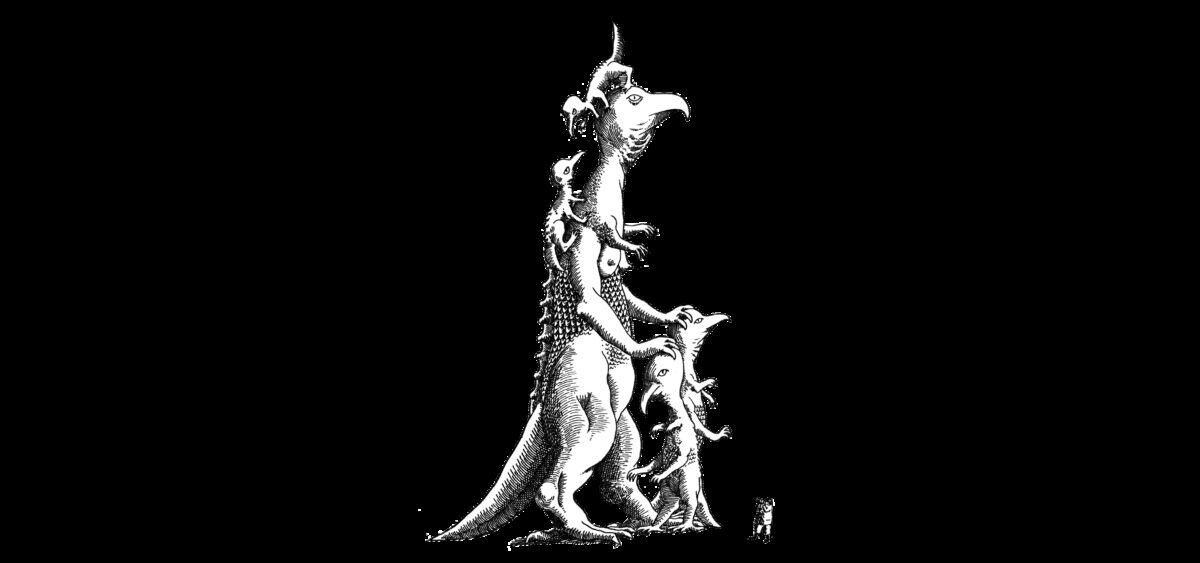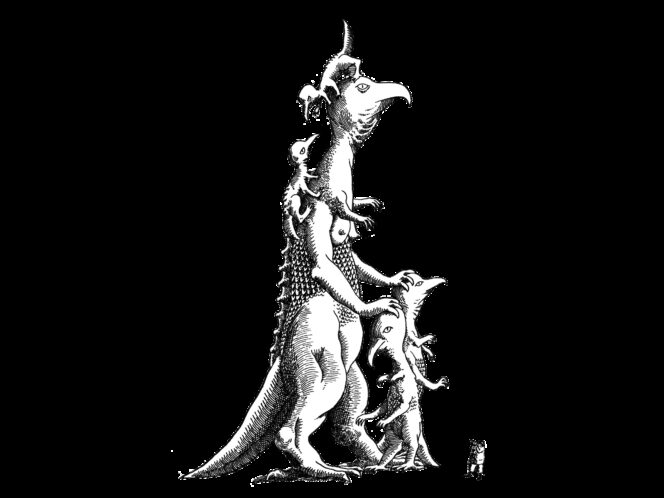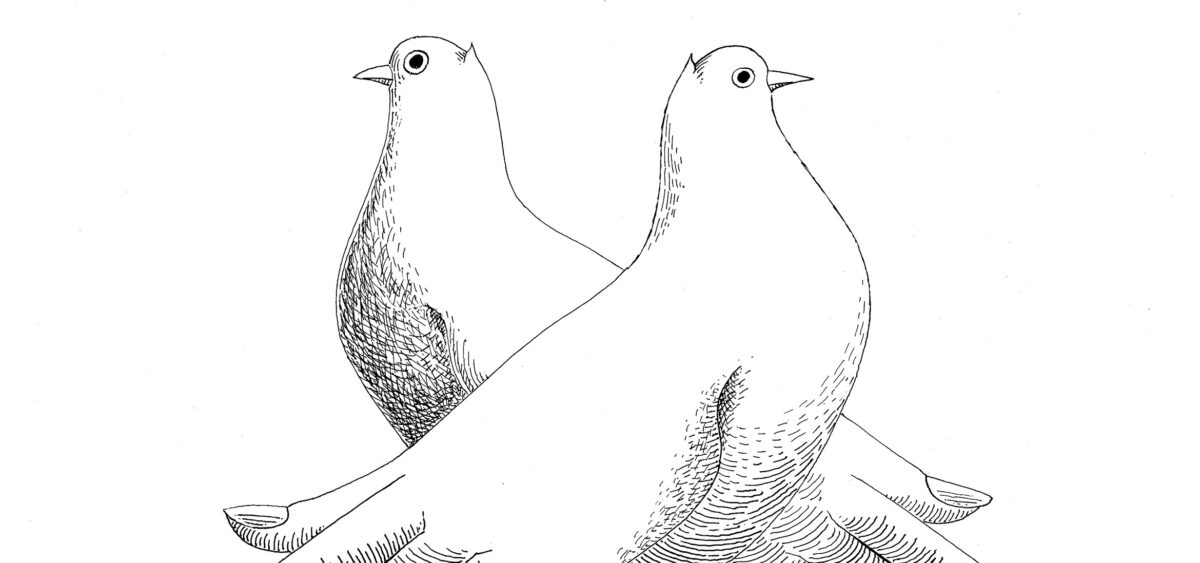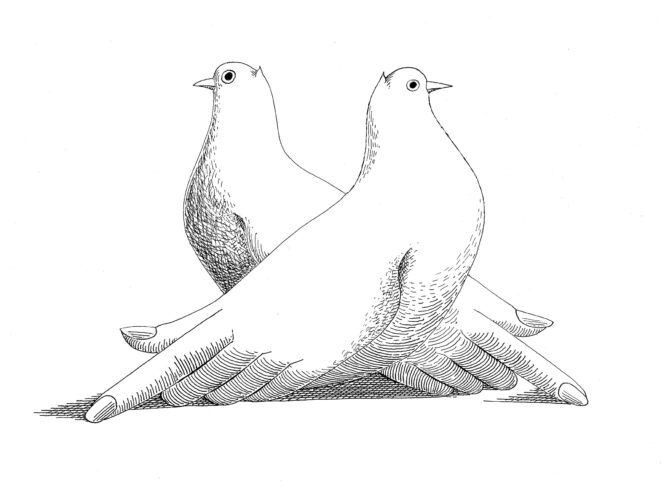
“It seemed strange to me that the human mind, through its knowledge, would not be capable of achieving that which had been granted by nature to creatures lower than we are,” wrote Tytus Liwiusz Burattini in the 17th-century Polish–Lithuanian Commonwealth, as he enviously observed birds soaring in the air. He believed that thanks to the power of reason, humans would soon be able to fly as well.
Burattini was born in Italy (with the name Tito Livio) in 1617, where he received his education not only in the field of mathematical sciences, but also in architecture, languages and classic literature. This nobleman of modest means left for Egypt right after he had completed his studies, so that he could supplement his theoretical knowledge with experience gained in what was, at the time, a very exotic place. The young, multi-talented researcher worked hard at measuring pyramids, conducting archaeological excavations and drawing out maps of the country. Perhaps he had grown tired of the excessively hot climate, because at the beginning of the 1640s he left for Kraków.
He made a good choice. The Polish–Lithuanian Commonwealth, still wealthy and powerful, was an oasis of tolerance and civil liberties in a Europe ravaged by wars; a place where young, talented people from the West could find generous patrons and develop their careers. This








